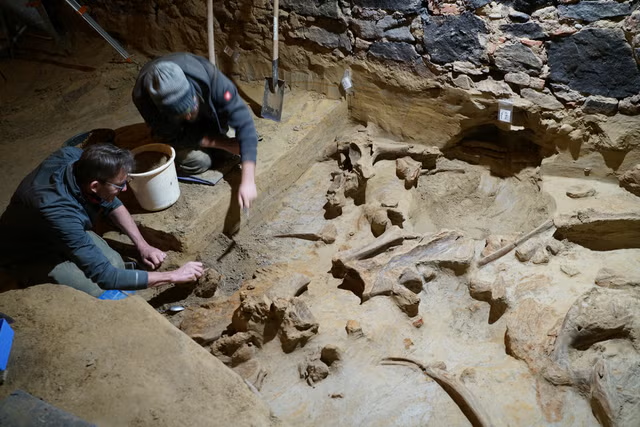Venus's plentiful volcanoes are still active, and may erupt at a similar rate to volcanoes on Earth, new research has found.
Scientists have long known that Venus is littered with volcanoes, but little evidence has been found of volcanic activity more recently than around 2.5 million years ago.
Now, astronomers have spotted changes to the planet's surface between 1990 and 1992 that were likely caused by fresh lava flows, according to a new paper in the journal Nature Astronomy.
Venus is the second-closest planet to our sun and is often called Earth's "sister planet" due to its similar size and composition. However, Venus has a thick, toxic atmosphere composed mainly of carbon dioxide, with clouds of sulfuric acid, and has an atmospheric pressure at the surface of about 92 times that of Earth's. This thick atmosphere makes it difficult for astronomers to observe its surface. It is also the hottest planet in the solar system, with surface temperatures averaging around 870 degrees Fahrenheit.
The surface of Venus is relatively young geologically, with few impact craters, indicating it has been resurfaced by volcanic activity within the last 300 to 500 million years. The landscape includes vast plains, highland regions, and numerous volcanic features like shield volcanoes and lava domes.
According to the new paper, however, there may be evidence of volcanic activity in the past few decades hidden within old global radar mapping data from the Magellan spacecraft in the 1990s.
The researchers compared radar data from 1990 and 1992 and found changes in the surface of Venus in two areas: in Niobe Planitia and on the western flank of Sif Mons and in western Niobe Planitia. These changes may indicate volcanic activity had occurred within that two-year period, with the changes possibly having been caused by fresh lava flows.
"We suggest that these changes are most reasonably explained as evidence of new lava flows related to volcanic activities that took place during the Magellan spacecraft's mapping mission with its synthetic-aperture radar. This study provides further evidence in support of a currently geologically active Venus," the researchers wrote in the paper.
"Not only might Venus be far more volcanically active than previously assumed, but its volcanic activity could also be of the same order of magnitude as that estimated for Earth."
These findings may indicate that Venus is still very geologically active, and considering the distance between the two locations, this volcanic activity is widespread across the planet.
Additionally, the authors suggest that Venus may be just as volcanically active as Earth is today.
"The flow rates of 25.2 and 37.8 [cubic km per year], which we estimated by considering the maximum thickness of 20 m, are comparable to the average rate of magma emplacement and volcanic output on Earth over the past 180 [million years]," they wrote. "Venus may experience up to 42 eruptions per year, with approximately 20 eruptions occurring within a 60- day period."
Do you have a tip on a science story that Newsweek should be covering? Do you have a question about Venus? Let us know via science@newsweek.com.
Disclaimer: The copyright of this article belongs to the original author. Reposting this article is solely for the purpose of information dissemination and does not constitute any investment advice. If there is any infringement, please contact us immediately. We will make corrections or deletions as necessary. Thank you.



